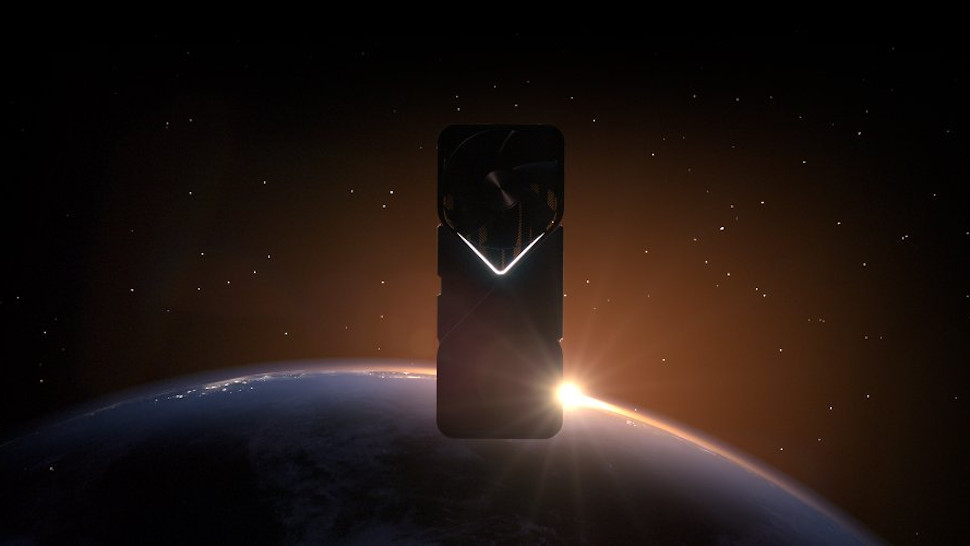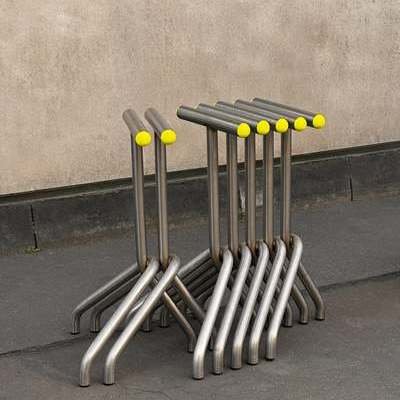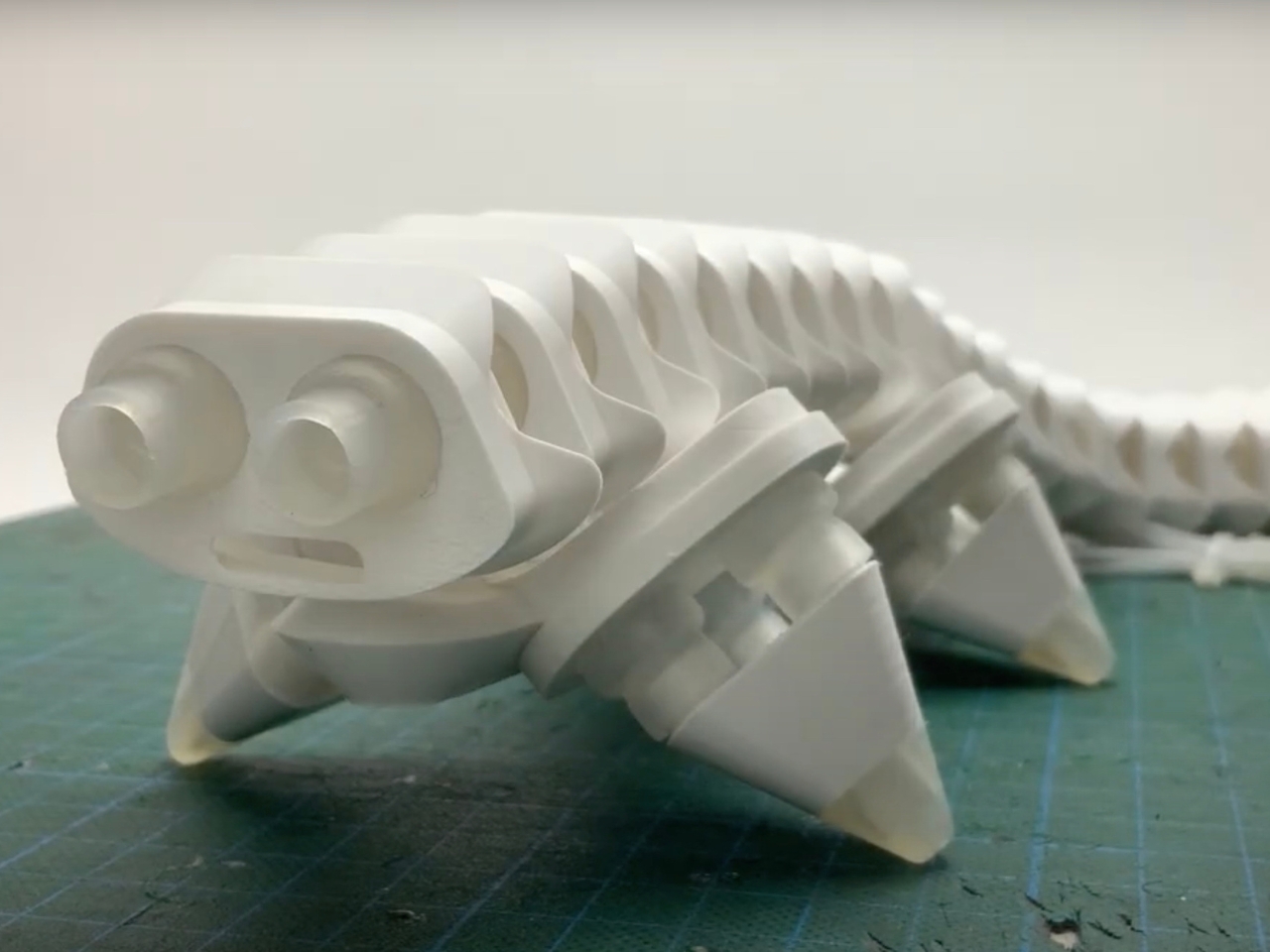
LIFEHACKER.COM
Six Psychological Traps to Avoid When House Hunting
Buying a house has always been a stressful experience. It involves a lot of money for most people, and it’s where you’re going to live, the most meaningful space in your life. Finding the house that ticks all the financial, physical, and emotional boxes can be a challenge. And it’s a challenge that a lot of people fail: 82% of home buyers experience buyer’s remorse.House hunting should be relatively straightforward—you need X number of bedrooms, X amount of square footage, in this specific area, at this specific price, with this short list of features and amenities. But we often let our emotions mess us up, usually without even realizing it. Considering how much of your money and time is going into buying a house, you owe it to yourself to be aware of these six psychological traps that can lead you to the wrong house.The endowment effectIt’s natural—and often useful—to imagine your future life in a house, to picture your family around the dining table, or the perfect spot for a prized piece of furniture. But all that imagining can lead to a phenomenon called the endowment effect, where you place a higher value on something you own. By imagining your future in the house, in a sense you’re imagining that you already own it, and suddenly it becomes much more valuable and important to you. This can lead to irrational decisions like overbidding for the house. To defend against this, try to keep your imaginings unemotional—measurements, use of space, correct number of rooms, fixtures, and outlets. Avoid emotionally charged visions like prom pictures at the foot of the stairs or serving holiday dinners to a crowd of friends and family.Price anchorsThe anchoring effect causes us to put too much weight on the first piece of data we require, creating a bias that influences all subsequent decisions. With a house, the first piece of data you typically get is the list price—and real estate agents and home sellers always tweak the list price for their own purposes. They might set it low to inspire a bidding war, or set it high to imply the house is special in some way. Either way, they’re trying to anchor that price in your head in order to manipulate you in some way.To fight back, research the fundamentals and come up with your own fair price for the property (your real estate agent can help you with this). Once you have an objective opinion on what the house is actually worth in the market, you can proceed using the list price as a starting point for negotiation instead of an anchor.Herding behaviorsBidding wars work because of herd behaviors—once we see other people doing something, it suddenly seems like a much more legitimate option. Contagion theory describes how an opinion held by a large majority can "infect" individuals, which can come into play when people are bidding way over listing price on a property and you suddenly feel like the house is worth more than you thought. Another herding behavior that can push you to overpay for a property is the scarcity principle—the belief that a limited supply makes something more valuable. That can explain how a house that you thought a bit overpriced yesterday can suddenly seem worth much more once you realize the inventory of comparable houses is not as large as you thought—but the fundamentals of the house or the market haven’t changed.The scarcity principle can be explicitly leveraged against you by someone selling a home, as well. Listings that emphasize the unique features of a house—maybe it’s the only one on the block with a basement, or has an outdoor space no other house in the neighborhood boasts—can make the home seem more valuable even if those features weren’t on your list of must-haves.Choice paralysisAlso called "analysis paralysis," this psychological phenomenon occurs when you’re overwhelmed by choices, decisions, or what-if scenarios. We tend to assume that having more choices is always better—but having to constantly sift through property features or having to choose between several very similar, comparable properties can leave you frozen and unable to make a decision. That can lead to losing out on a house that’s perfect for you and your family—not to mention much higher stress levels.Combating choice paralysis when house hunting is all about slowing down and shutting out. Seeing a dozen potential houses every day will just leave you with a long list of houses that might work. Instead, take each potential house one at a time, and focus on that property. Have a plan based on facts—what you can afford, what you need to have in your home—and carefully consider each property against that plan before moving on.Sunk-cost fallacyThe sunk-cost fallacy is a psychological trick that you can actually play on yourself. It boils down to a feeling that once you’ve invested time and energy into something, walking away would transform the whole experience into a huge waste of time. That pushes you to try and salvage that time. When house-hunting, that translates into buying a house in part because you’ve put a lot of time into it. Combating the sunk-cost fallacy when house hunting can be a challenge. The key is to resist attaching a value to the basic work of finding a house and negotiating the sale. The ultimate value is getting the right home, not in paying yourself for the time spent finding it.FOMOThe fear of missing out can drive people to worry that prices or interest rates are going to rise and they’ll be priced out of the market; that a particular house will get snatched up by someone else if they hesitate to make the jump; or that time is running out for them to jump into home ownership. Once you convince yourself that you’re about to miss your one and only shot to get the house hunt right, you’re vulnerable to bad decisions.The only way to defend against FOMO is to remove the fear part. Having the advice of a trusted real estate professional and doing some research about the market can reassure you about home prices, and getting pre-approved by a lender can give you confidence in your buying power and ability to make an offer when the perfect house comes along. Most importantly, hit pause and ask yourself if you would buy this house at this price if all the perceived pressure was taken away.
0 Σχόλια
0 Μοιράστηκε
51 Views












